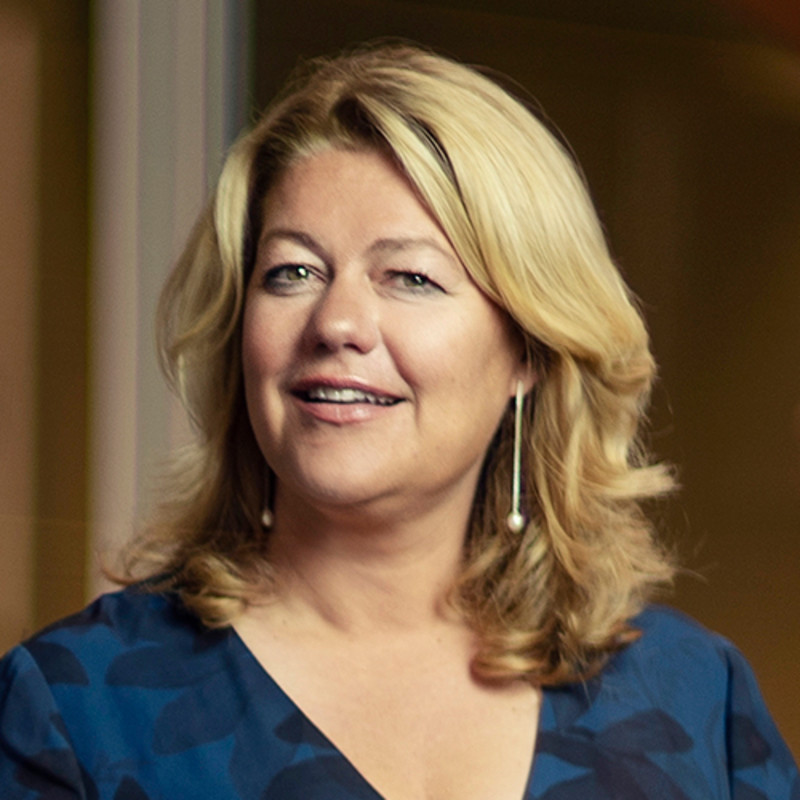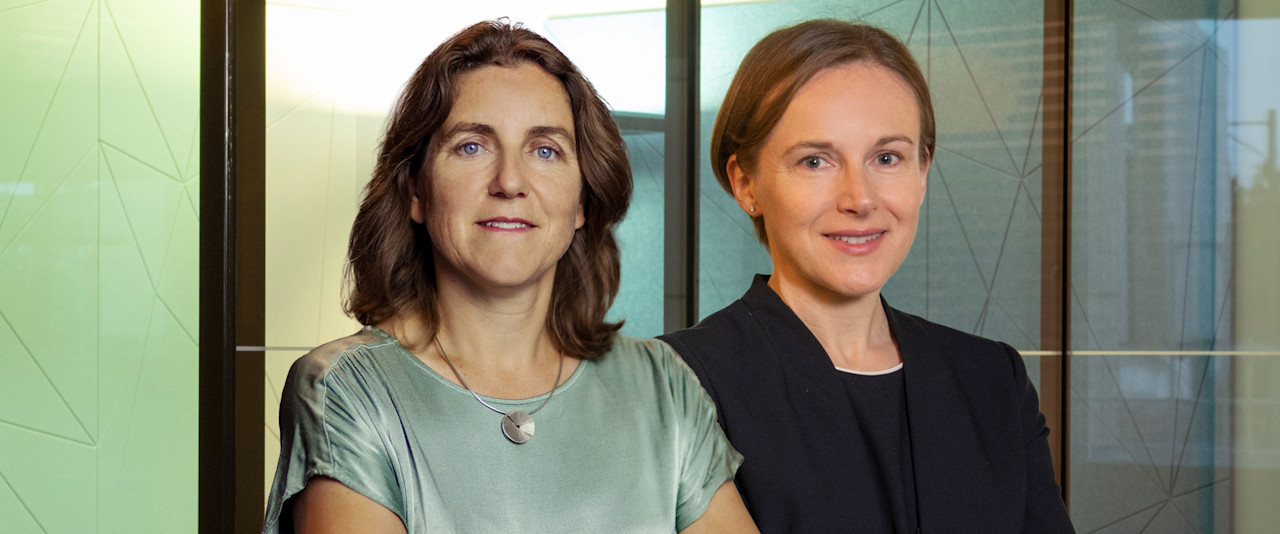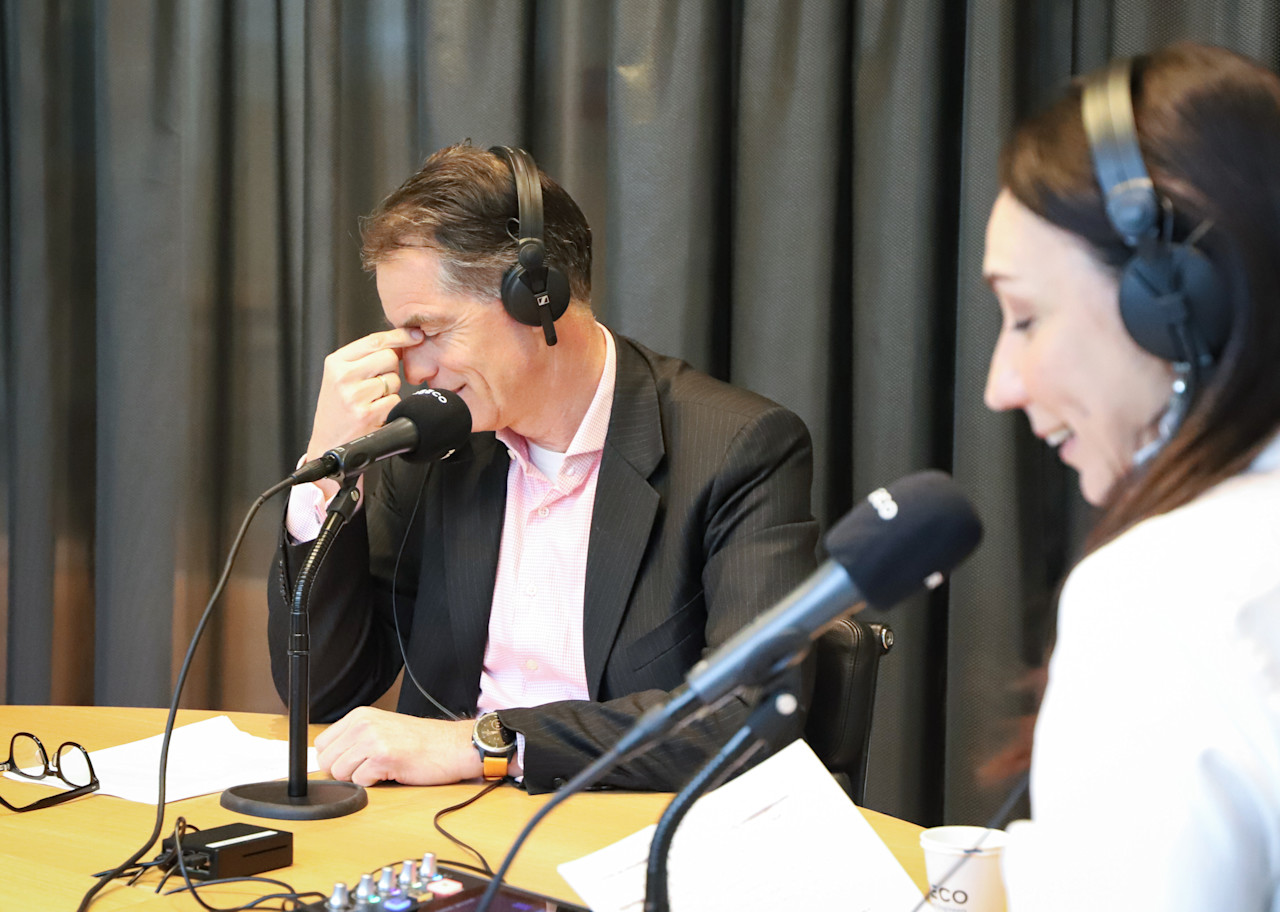

SI Dilemma: To ESG or not to ESG? The burden of proof is increasing
As a responsible and sustainable investor for many years, I am used to being asked many critical questions. On the performance of sustainable investing; on our impact (or lack of it) as allocators of capital; and whether or not we are capable as active owners of achieving any results.
概要
- Sustainable investors are used to facing critical questions
- The burden of proof on whether ESG works is increasing
- This trend leads to separating the wheat from the chaff
And for all of these seemingly easy questions, the answers are much more complicated than most people expect. Luckily over the years I have seen the knowledge and expertise increase for the different forms and tools used to implement sustainability. Many clients are now well aware of what they can do, be it negative screening, ESG integration, net-zero portfolios or alignment with the UN Sustainable Development Goals. They also understand the impact of ESG on their risk-adjusted expected returns, or have it calculated by their managers.
However, it is no longer enough to understand and be able to answer these questions. The burden of proof on sustainable investors is increasing rapidly. This is quite a nuisance, as it requires a lot of investment to increase transparency, specifically to meet the requirements in the EU Sustainable Finance Disclosure Regulation (SFDR).
To try to do this, we have enhanced our existing sustainability, exclusion and stewardship policies, adding a good governance test, a sustainability risk policy and a principle adverse impact (PAI) statement, along with documents describing our sustainable research methodologies and data approach. We added very detailed information on our sustainability approach for all of our funds in the prospectuses, and on the Robeco website. Doing this once already required a lot of effort, but this information also needs to be regularly updated and maintained.
And I have not even started talking about all the local labels that our clients request us to have, which all have their own requirements! The same goes for our net-zero commitment, which is more voluntary – but if we subscribe to something, we aim to achieve it. Again, it requires quite some effort to build a net-zero roadmap and make sure our measurements are based on high-quality data so that we can report our progress every year.
A focus on outcomes
There is more and more of a focus on outcomes. The Principles for Responsible Investment (PRI) started this in their new assessment of institutional investors. They are not only asking for policies and procedures, but also for outcomes and portfolio information.
In the same way, the PAI indicators of the SFDR require us to report not only on greenhouse gas emissions and the percentage of fossil fuels in a portfolio, but also on the gender pay gap and the ratio of female to male board members, among other things. One can question how clients should interpret and compare this information, and also the data quality. But this is really bringing sustainable investing to the next level in that we need to show what our investment portfolios look like on key metrics.
We are slowly seeing that these developments are separating the wheat from the chaff. This is sometimes because managers do not support the investment belief that taking sustainability into account actually leads to better-informed decisions, lower risk or better world outcomes.
Politically driven
Sometimes this is also very politically driven, like we are currently seeing in the US. The difficulty of truly delivering on sustainability promises, and also the ability to explain clearly to clients what sustainable investing is, leaves some market participants either changing their behavior positively, or taking a step back from SI.
An example of changing behavior is the fact that some of the US managers that supported the State Financials Officers Foundations, which is known for its anti-ESG lobbying, are not renewing their membership.1 On the other hand, an example of those stepping back from SI is Vanguard withdrawing from the Net Zero Asset Managers Initiative. It claimed that the alliance’s collaborative commitment to fighting climate change had resulted “in confusion about the views of individual investment firms”.2
Easy steps have been taken
To ESG or not to ESG is the big question these days. The easy steps have been taken, but a greater focus on greenwashing and actual outcomes, and an increasing burden of reporting is leading to managers reviewing their positions. At Robeco, we keep true to our approach to ESG, stewardship and sustainable investing. We take the long-term view.
We would like to see the burden of proof to be extended to the whole market though. A good example is the VICE investing fund. As the opposite of sustainable investing, this is also a values-based investing strategy. So, what about their performance? According to the numbers on the fund’s website, similarly critical questions could rightfully be asked!
SI Debate
Important information
The contents of this document have not been reviewed by the Securities and Futures Commission ("SFC") in Hong Kong. If you are in any doubt about any of the contents of this document, you should obtain independent professional advice. This document has been distributed by Robeco Hong Kong Limited (‘Robeco’). Robeco is regulated by the SFC in Hong Kong. This document has been prepared on a confidential basis solely for the recipient and is for information purposes only. Any reproduction or distribution of this documentation, in whole or in part, or the disclosure of its contents, without the prior written consent of Robeco, is prohibited. By accepting this documentation, the recipient agrees to the foregoing This document is intended to provide the reader with information on Robeco’s specific capabilities, but does not constitute a recommendation to buy or sell certain securities or investment products. Investment decisions should only be based on the relevant prospectus and on thorough financial, fiscal and legal advice. Please refer to the relevant offering documents for details including the risk factors before making any investment decisions. The contents of this document are based upon sources of information believed to be reliable. This document is not intended for distribution to or use by any person or entity in any jurisdiction or country where such distribution or use would be contrary to local law or regulation. Investment Involves risks. Historical returns are provided for illustrative purposes only and do not necessarily reflect Robeco’s expectations for the future. The value of your investments may fluctuate. Past performance is no indication of current or future performance.




















